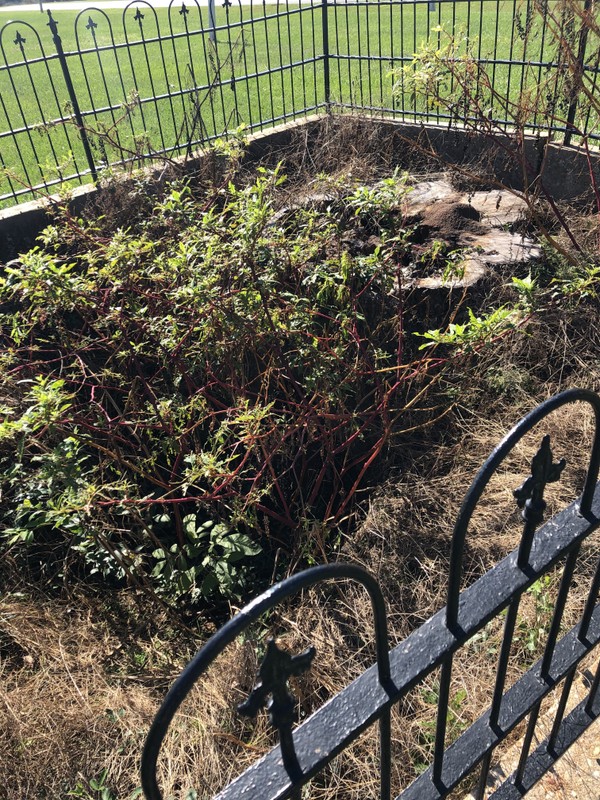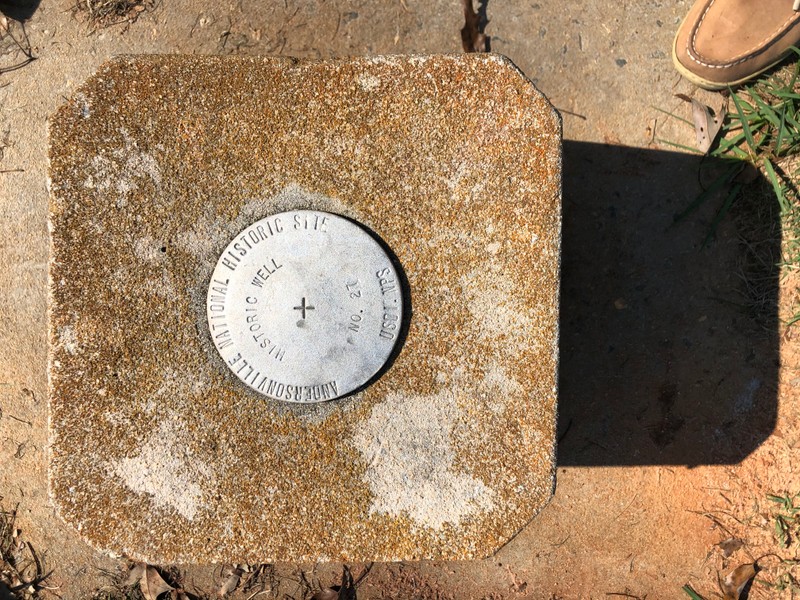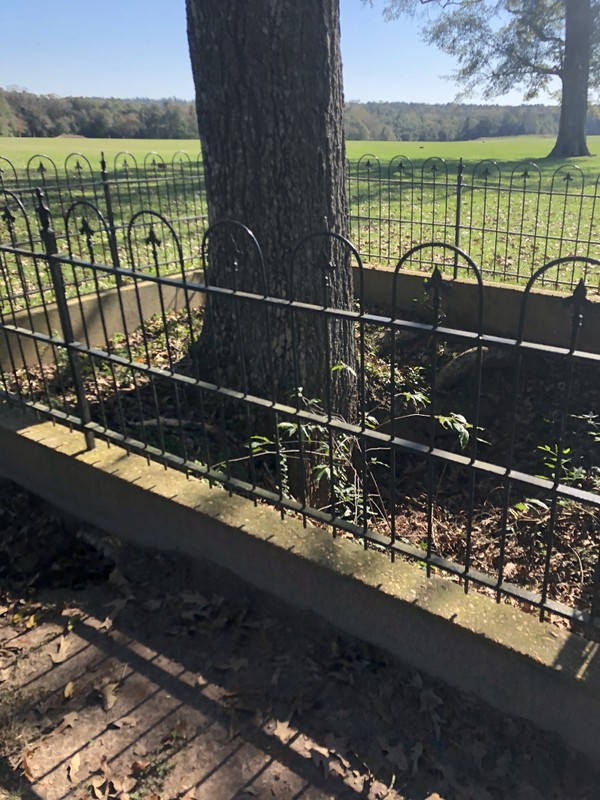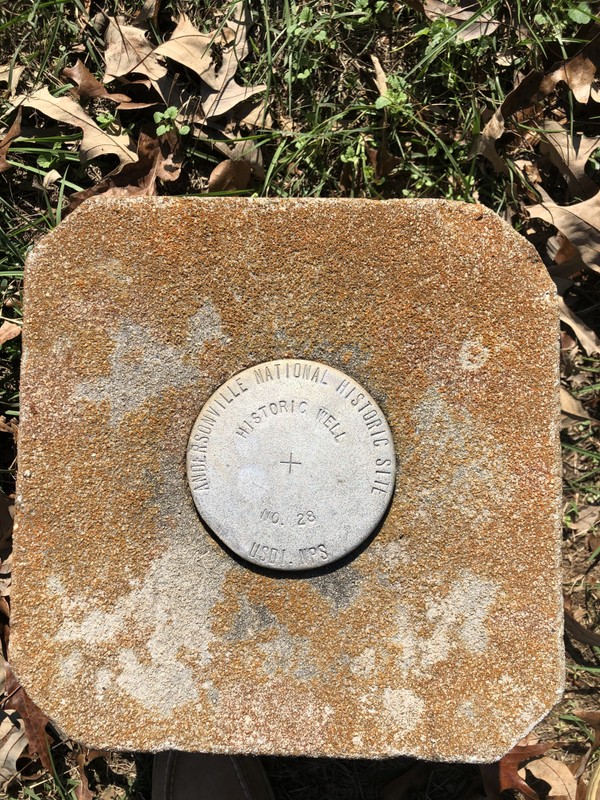Prison Wells
Introduction
Text-to-speech Audio
Images
Trees have now grown into wells dug by prisoners.

Well Marker

Tree grown over well site.

Well marker

Backstory and Context
Text-to-speech Audio
Prisoners dug wells inside the stockade walls to find additional sources of water or provide escape routes. When seeking water, prisoners dug forty to eighty feet down to reach the water table.[1] In many cases, guards covered over and filled in discovered wells and made them inaccessible for either water or as ways of hiding escape tunnels.[2] With no tree cover, it was difficult for soldiers to hide large wells dug in the camp. These futile attempts were remembered wistfully by prisoners like William Lyon, who wrote of both attempts to dig for water and to escape:
“The water was fearful, and we begged the rebels to give us tools to dig wells with. We dug wells all over the prison, but could get no water…we were exposed to the heat of the sun during the day….We finally concluded to start in one of our wells [to escape] which we had dug about sixty feet without getting water. Night after night we worked and threw the dirt into the well.”[3]
Similar themes appear in the memoir of John Maile, who described the discovery of well digging which led to the seeming benevolence of the camp commander:
“In the early summer, Capt. Wirz issued to the prisoners picks and shovels, with which to dig wells for increased water supply. From some of these wells the men started tunnels through which to escape. Discovering this, the commander withdrew the tools, and ordered the wells to be filled up. Permission to keep one of them open was purchased by a group of prisoners.” [4]
Unfortunately, the wells prisoners were permitted to keep, if any, were too small to provide for the thousands of prisoners inside the stockade. In Waite’s recollections, the preserved well only supplied water for a thousand men, just a fraction of the total population of the prison. In the aftermath of the Civil War several Union veterans’ groups such as the Grand Army of the Republic and later the Woman’s Relief Corps preserved the locations of the wells. From 1865 to 1909 before the transfer of the property to the United States Army, these groups worked to preserve the field in its most accurate form, including marking sites of wells.[5]
Sources
[1] “Wells,” Andersonville Prison Site Walking Tour Brochure, National Park Service, accessed December 16, 2020.
[2] Robert Scott Davis, “Andersonville Prison,” New Georgia Encyclopedia (January 21, 2003), accessed December 16, 2020. https://www.georgiaencyclopedia.org/articles/history-archaeology/andersonville-prison
[3] William N. Tyler, The Dispatch Carrier and Memoirs of Andersonville Prison (Port Byron, Ill.: Port Byron “Globe” Print, 1892), part 2, 23. Project Gutenberg, accessed December 16, 2020. http://www.gutenberg.org/files/40046/40046-h/40046-h.htm#Page_a9
[4] John L. Maile, Prison Life in Andersonville, With Special Reference to the Opening of Providence Spring (Los Angeles: Grafton Publishing Company, 1912), 56. Project Gutenberg, accessed December 15, 2020. http://www.gutenberg.org/files/39584/39584-h/39584-h.htm#Page_56
[5] “Wells,” Andersonville Prison Site Walking Tour Brochure, National Park Service, accessed December 16, 2020.
Personal photograph, Erin Del Giudice Nov. 14, 2020
Personal Photograph, Erin Del Giudice Nov. 14, 2020
Personal Photograph, Erin Del Giudice Nov. 14, 2020
Personal photograph, Erin Del Giudice Nov. 14, 2020
